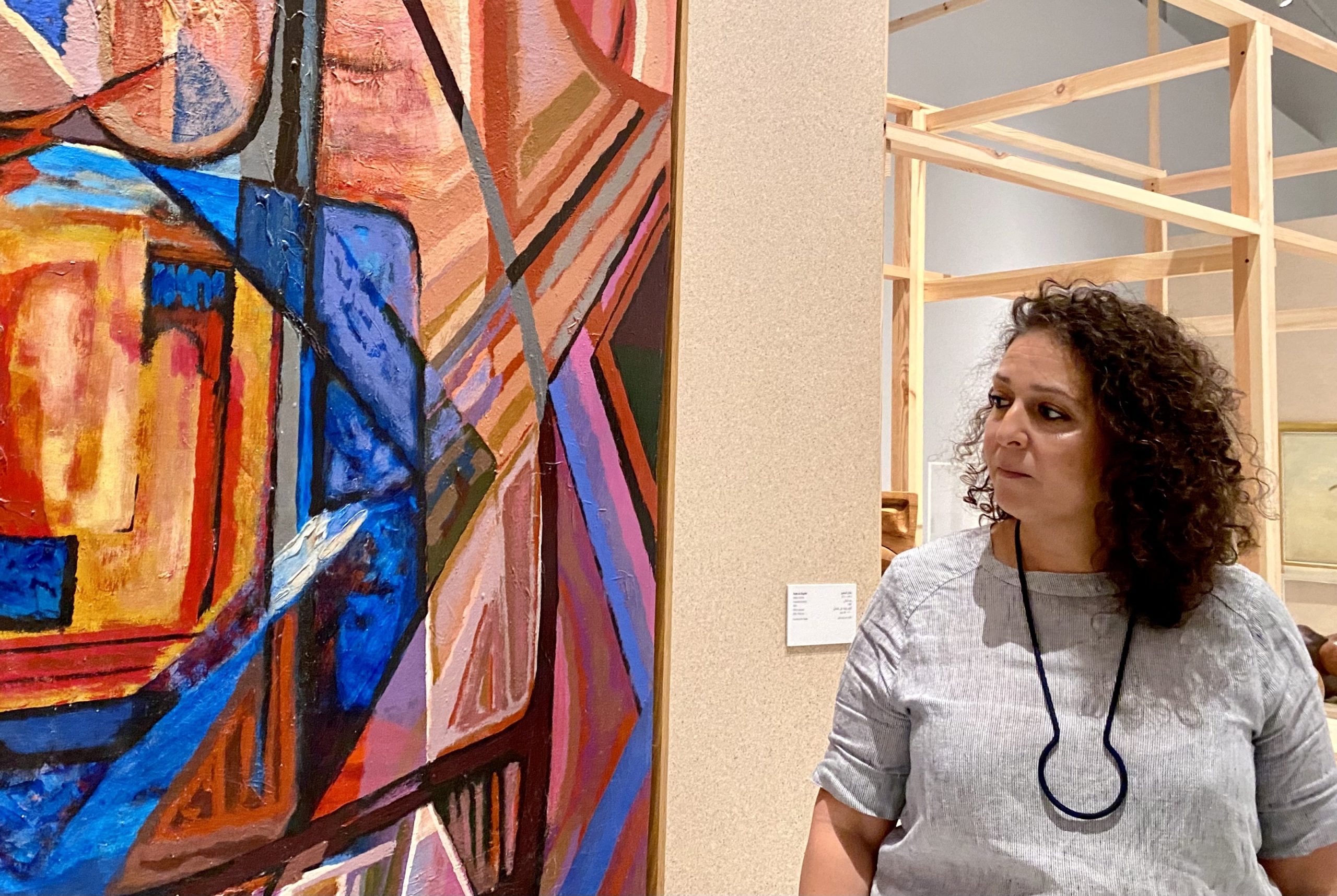Zeina Arida brought a piece of Lebanon with her to Qatar in the form of the “Beirut and the Golden Sixties: A Manifesto of Fragility” exhibition, a romanticisation of the country’s artistic era in light of its challenges.
The destinies of countless citizens and residents in Lebanon underwent an abrupt transformation on 4 August 2020, as Beirut’s heartbeat came to a halt at precisely 6:07 pm.
At this moment, the city’s port erupted suddenly, killing over 200 people and causing significant damage to the lively capital.
Moments before the Beirut Port blast, every person in the city was living without knowing they were but miles away from a ticking time bomb.
People were meeting friends in Downtown Beirut, others were getting ready to hangout in the bustling streets of Gemmayze, or even documenting their joy in a sunset wedding photoshoot before their big day.
Zeina Arida, now director at Mathaf: Arab Museum of Modern Art in Qatar, was in her office in Beirut at the Sursock Museum at the time of the blast, where she was serving as director.
As part of the “Lebanese civil war generation,” Arida’s heart skipped a beat upon hearing the blast, prompting her to instantly evacuate the office with the rest of her colleagues.
“The first sound of the explosion was unfamiliar, it was nothing like anything I’ve heard during the war. I assumed it was a warplane flying at a low altitude or a missile passing,” Arida told Doha News.
By the time the second explosion happened, all life in Beirut had stopped.
“We were blown away. We stayed 10 minutes not knowing what happened, whether it was a bombing or warplane, and could hear the museum being destroyed in 20 seconds,” Arida, 52, recounted.
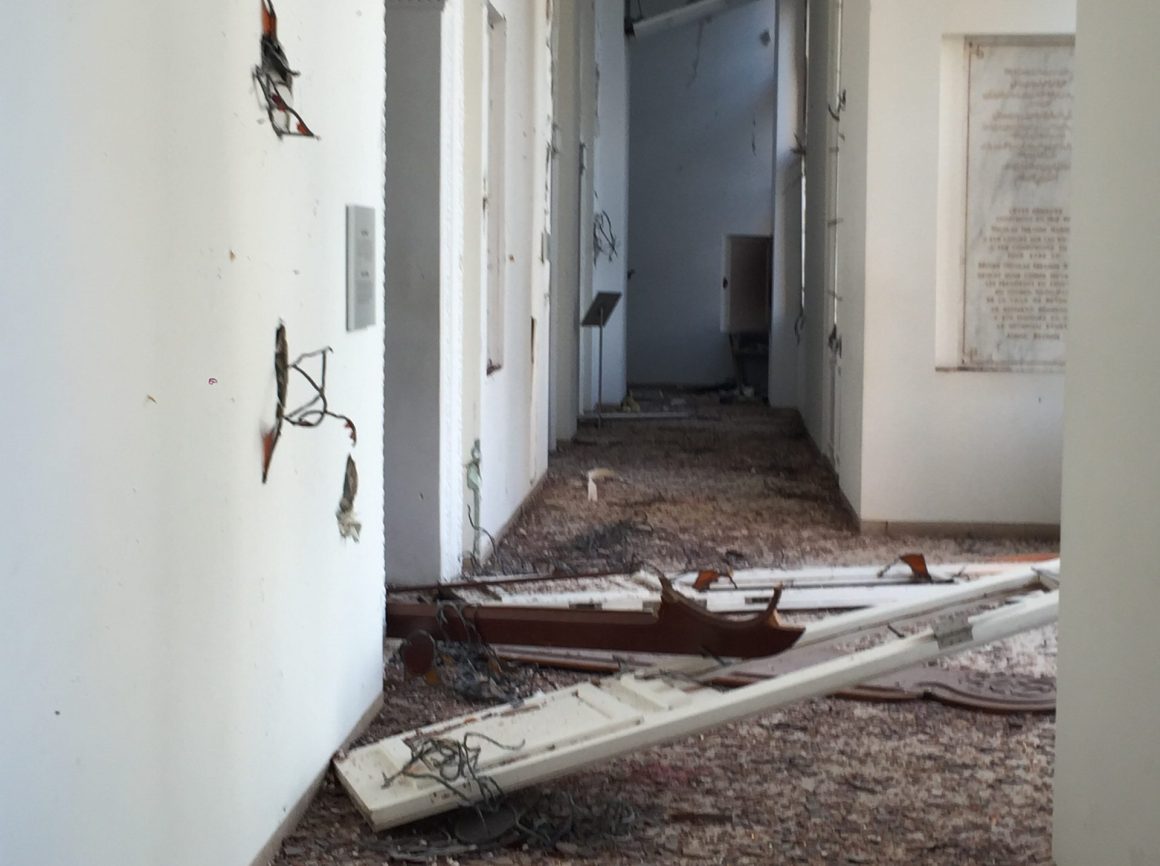
Dust had filled the museum, its colourful kaleidoscopic windows were shattered, and some of its oldest artwork were ruined.
Renovations of the museum had been completed in 2015, in which it had hoped to serve as a cultural hub in the historic city. But five years later, all that had been built up, was torn down.
“Everything was destroyed. It’s like all that we had done in seven years was erased within seconds[…]I was furious,” Arida said.
A number of people at the time assumed they were being bombed by an Israeli warplane.
“I first asked why would they target Sursock Museum? And everyone in the area thought the same. It took me an hour and a half to understand the extent of the catastrophe,” Arida told Doha News.
Three years on and with an absence of an investigation, the people of Lebanon are still demanding accountability for the victims of the blast, and vast damage sustained across the entire city.
Reviving Sursock Museum
The blast caused $15 billion worth of damage while destroying thousands of buildings, including the Sursock Museum.
The museum dates back to 1961 when it gathered the work of numerous artists and has since served as a visual timeline of the evolution of fine art in Lebanon.
Among the artwork destroyed by the explosion was the famous portrait of renowned Lebanese collector Nicolas Sursock, whose mansion now serves as the museum.
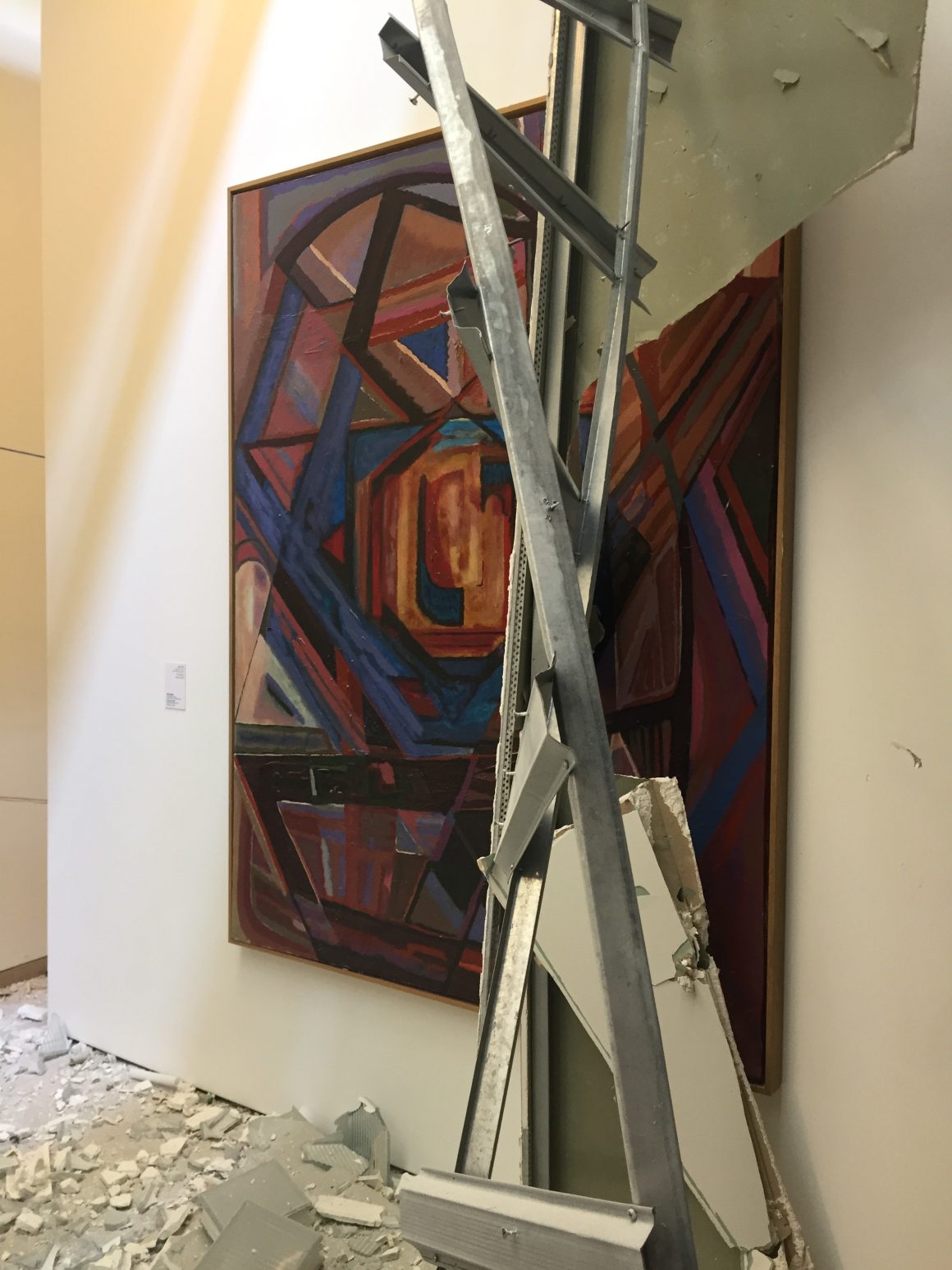
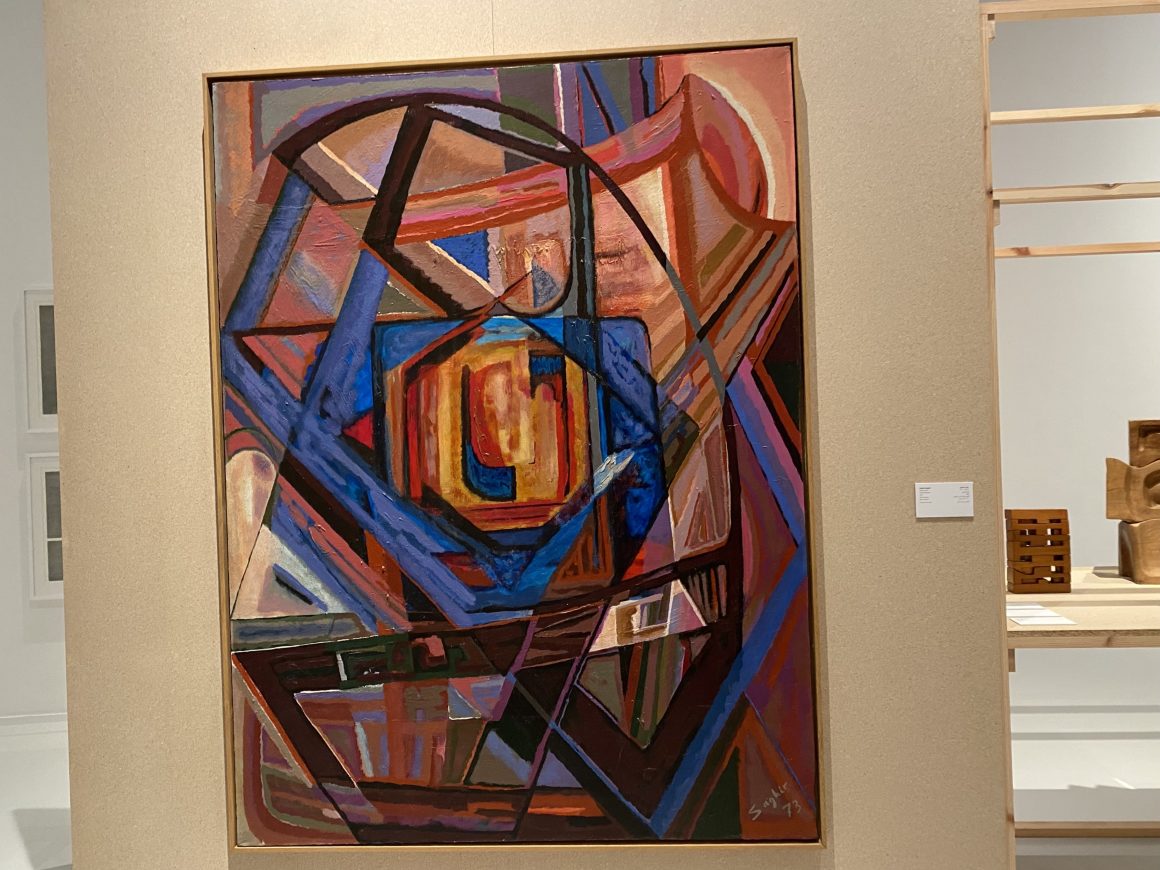
Filled with anger and confusion, Arida gathered the energy the next day to revive the Lebanese institution alongside her colleagues, juggling renovation efforts together with media interviews over the incident.
The former Sursock Museum director also led a major fundraiser, gathering $3 million to rebuild the institution.
By May 2023, the Sursock Museum had come back to life.
Its windows have been repaired, its paintings are back up, and numerous newly-wedded couples have returned to the museum’s blooming garden for wedding photo shoots.
While the museum’s return is seen as a sign of Lebanon’s recovery from the explosion, time has not yet healed the nation’s wound.
“In Lebanon, they give us this term, which I hate, and that is ‘resilience’ because we never had the choice whether to be resilient or not,” Arida said.
Art preservation
Long before joining the Sursock Museum, art has been Arida’s way of speaking about her country, Lebanon.
Her family had moved from Lebanon to France at the height of the civil war in 1983 when she was only 13 years old, returning to her home-country 10 years later.
In Paris, Arida studied literature and theater at Sorbonne University, frequently interacting with artists. The most significant moment in Paris for Arida was a photography exhibition by renowned Lebanese artist Dominique Edde at the Palais de Tokyo in the early 90s.
The exhibition had gathered important photographers from Lebanon and the region to share their documentation of different events, through which Arida realised the crucial role of art as a tool in expression, as well as not forgetting the tragic impact events such as war have on the human.
“My way of building news links with the country was through art,” she said.
This lead the young Arida to seek and participate in art-based conversations in Lebanon upon her return in 1993.
“We were all living in this post-war context, surrounded by a generation which wanted to forget about the war because they’ve had enough of it even though nothing was completely resolved,” she said.
In 1997, Arida met with the founding member of the Arab Image Foundation, an institution that gathers and preserves photographs from the region, documenting the region’s history through visual art, which eventually led to her role in the reconstruction of the Sursock Museum in 2008 and re-opening its doors in 2015.

“When I was given this opportunity, I thought this answered all the needs we had. It’s a great cultural infrastructure that’s available for the city and for the artistic community,” Arida said.
Throughout Lebanon’s turmoil, and despite experiencing the worst economic crisis since the civil war, art has remained a constant in the country.
“We have an important role, cultural actors and artists, because it is through the art that you can question what the politicians do not want society to question,” Arida explained.
A ‘manifesto of fragility’
After handing over her role at the Sursock Museum in late 2021, Arida decided to take her art mission to Qatar by joining Mathaf: Arab Museum of Modern Art.
In Qatar, she has found another opportunity to continue her mission in preserving art.
“It has the mission of preserving and building knowledge around Arab culture, our history of art, which is so meaningful today,” she said, noting a local momentum in the art scene with Qatar’s support of young and emerging artists.
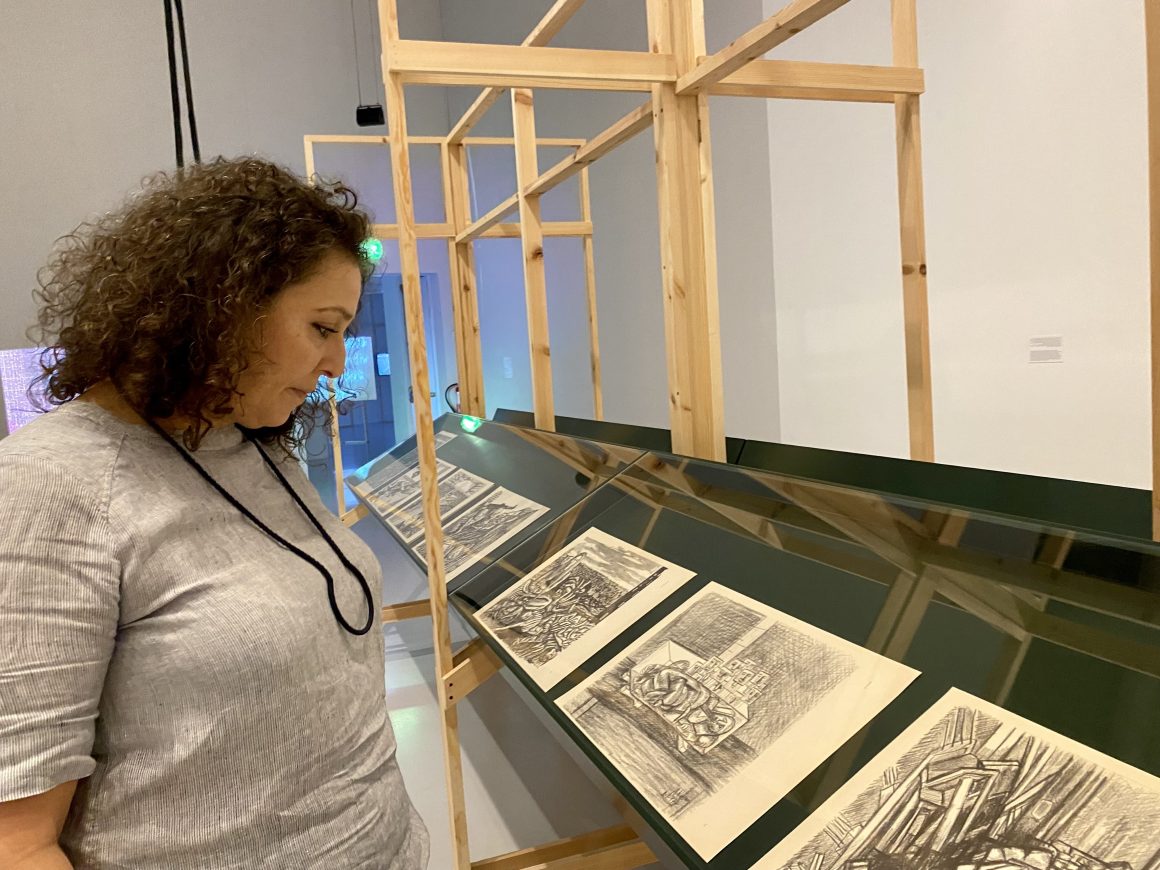
Despite being far from home, Arida brought a piece of Lebanon with her in the form of the “Beirut and the Golden Sixties: A Manifesto of Fragility” exhibition, a romanticisation of the country’s artistic era in light of its challenges.
The curators are Sam Bardaouil and Till Fellrath, both of whom have been directors of the Hamburger Bahnhof – National Gallery of Contemporary Art in Berlin, since January 2022.
The exhibition first opened to the public in March and is closing its doors on 5 August, a day after the anniversary of the explosion.
The gallery showcases art pieces and archives from as far back as the 60s, highlighting Lebanon’s position as an artistic hub and a destination for creatives, before moving to the civil war, the explosion and Lebanon’s current situation.
“It is basically my story,” she said.
The exhibition features an installation of CCTV footage from different parts of the Sursock Museum, where Arida was at the time of the explosion. Screens showing the moments prior are placed in a dark room at Mathaf, making visitors stand in the centre to immerse them in the tragic event.
“It’s part of not forgetting. This installation should remain and be shown in the future, because it’s about not forgetting and understanding the extent of the explosion,” Arida said.
With a heavy heart still full of grief, Arida noted that art continues to maintain its power by speaking to the people of the country.
“In an environment where society adapts and accepts, art is always there to make you question reality, because we cannot accept everything imposed on us, imposed from those who are in power, the media, it is important that you keep on thinking and art has this role,” she said.

